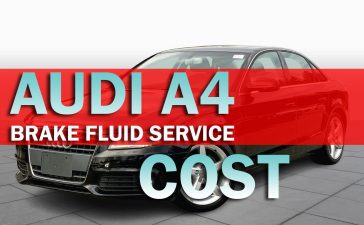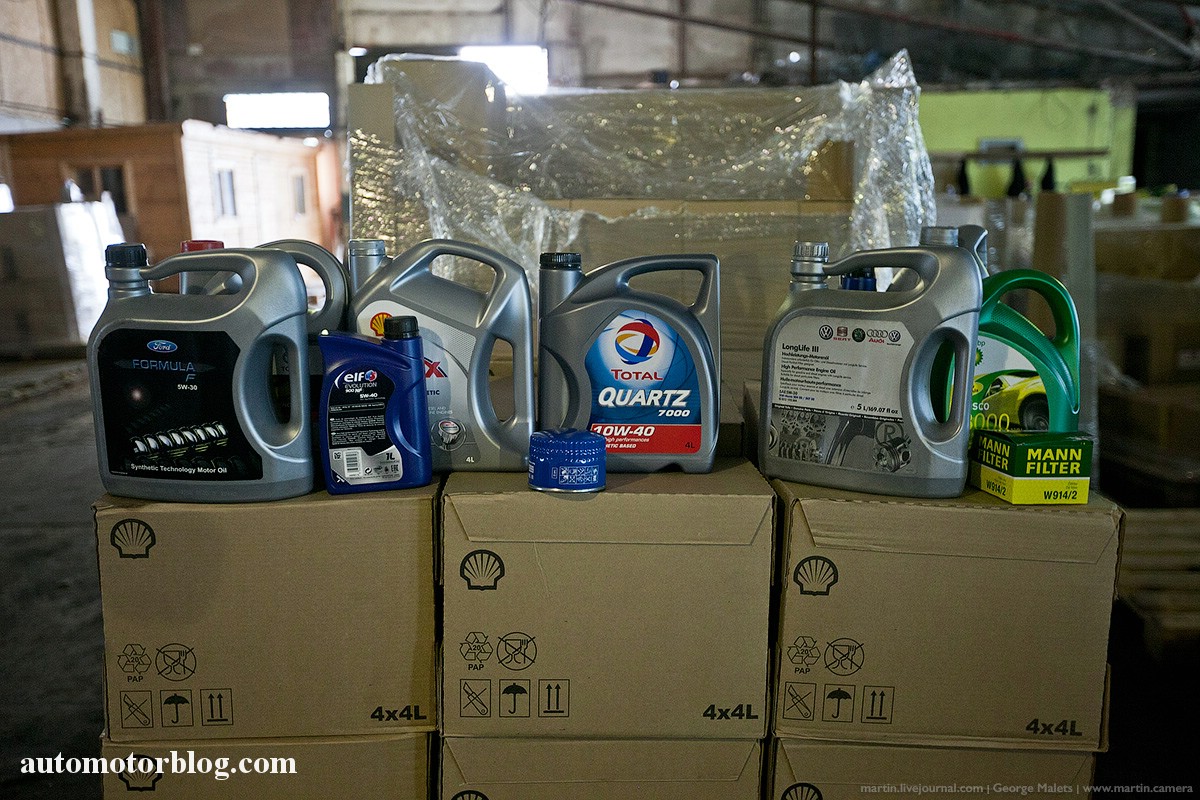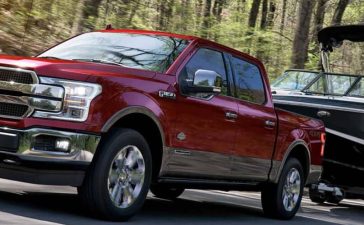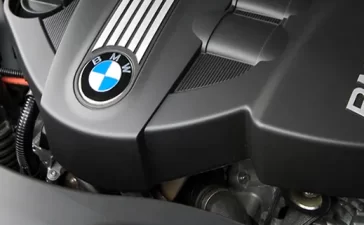Most people with a CarShield warranty or another car protection plan are long-term thinkers — after all, you want to do everything in your power to protect your car. After all, a car is a depreciating asset; it loses its value over time, which is why you want to maximize your return on investment when you buy one. And the best way to do that is through proper maintenance.
With regular maintenance, your car will be well taken care of, and you’ll be able to drive it for a long time before you need to spend money on a new one. However, that also means you’ll need to plan for car maintenance expenses. Over time, these can add up — so you need to plan accordingly and figure out how much regular maintenance will probably cost you.
Considering that, let’s look at some basic factors you should keep in mind while predicting your car maintenance expenses.
Understanding Vehicle Maintenance Costs
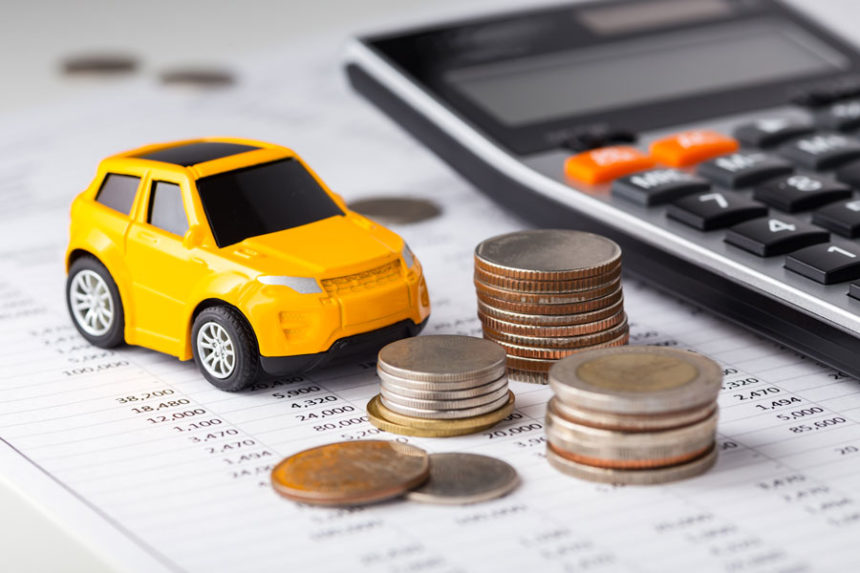
For starters, we should point out that it’s basically impossible to predict the exact expenses accurately you’ll have for your car in the long run. However, you can make a pretty good estimate, which starts with seeing what kind of regular maintenance services your car will probably need. These include maintenance for various car parts, from the drivetrain to the engine.
You should also expect to pay for tire rotations, oil changes, and fluid flushes semi-regularly. If you don’t want your vehicle to experience wear and tear prematurely, it’s essential to establish a reliable maintenance schedule.
Also, while budgeting for long-term repairs, planning for other maintenance issues that might be costlier and rarer — like rotor, brake pad, fuse, and tire replacements is wise. They won’t happen as often, but they’re just as vital to the longevity of your car.
Remember that each make and model has different maintenance needs and costs. You should research that immediately after buying the vehicle — or, ideally, before the purchase. Luckily, there are plenty of car reviews written by long-term owners online, and you could also go through the manufacturer’s recommendations.
The Car’s Age

One of the most important factors to consider when gauging your car’s maintenance costs is its age. Of course, there are plenty of older cars in superb condition—but that doesn’t change the fact that new cars simply have lower maintenance costs on average, at least in the first couple of years. The most challenging thing you’ll probably deal with a new car is an oil change. However, it’ll be long before you replace any major parts.
Naturally, car maintenance becomes more complex if we’re talking about an older vehicle. As the mileage piles up, the car will need fixing more frequently — along with replacements for stuff like hoses and wheel bearings.
Of course, only some component replacements are costly. Still, you want to know what you’re getting into when you buy a used car. It’s advisable to ask the previous owner for the car’s maintenance history. That’s the best way to learn what maintenance to planning for and what’s already been dealt with recently.
Car Model
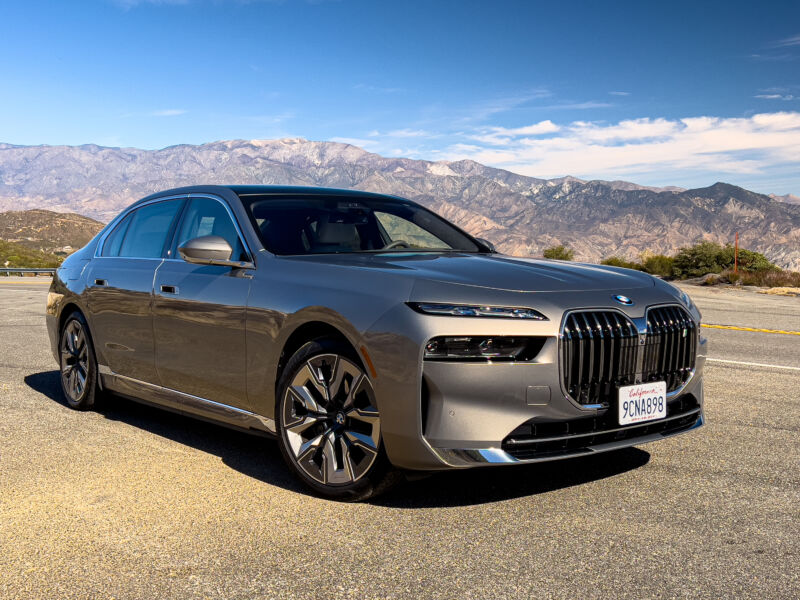
Apart from the age and state of the car, its maintenance expenses also vary based on its make and model. You’ll find those high-end vehicles aren’t just expensive to buy, but also costly to maintain because they require different fluids and special parts. For instance, Cadillac, Mercedes-Benz, and BMW are generally known as the costliest cars to maintain over a decade.
That doesn’t mean it’s a bad idea to buy them; you just need to be sure that you can cover their average maintenance costs. With high-end cars, you should probably get an extended car warranty. It helps you deal with the daily wear and tear, though plans will vary depending on the specific model. In most cases, though, that plan pays itself off after a single huge repair bill.
How To Manage Maintenance Costs

It’s impossible (or at least not advisable) to avoid car maintenance. However, you can try to get ahead of it. For starters, you can go through the car manual and see if it recommends any kind of regular maintenance schedule. You may also find mileage thresholds; they’re useful benchmarks for replacing larger vehicle components.
This manual isn’t gospel; your car maintenance will deviate from it based on your specific driving circumstances. However, it’s your best bet for some rough financial planning. Also, never ignore car sensors — even though ignoring the “Check Engine” light has practically become a meme among car owners these days.
Tire maintenance, oil changes, and other reminders will pop up on the electronic dashboards of many newer cars — do your best to address these concerns as quickly as possible, and you’ll mitigate the risk of a breakdown and costlier repairs down the line.





